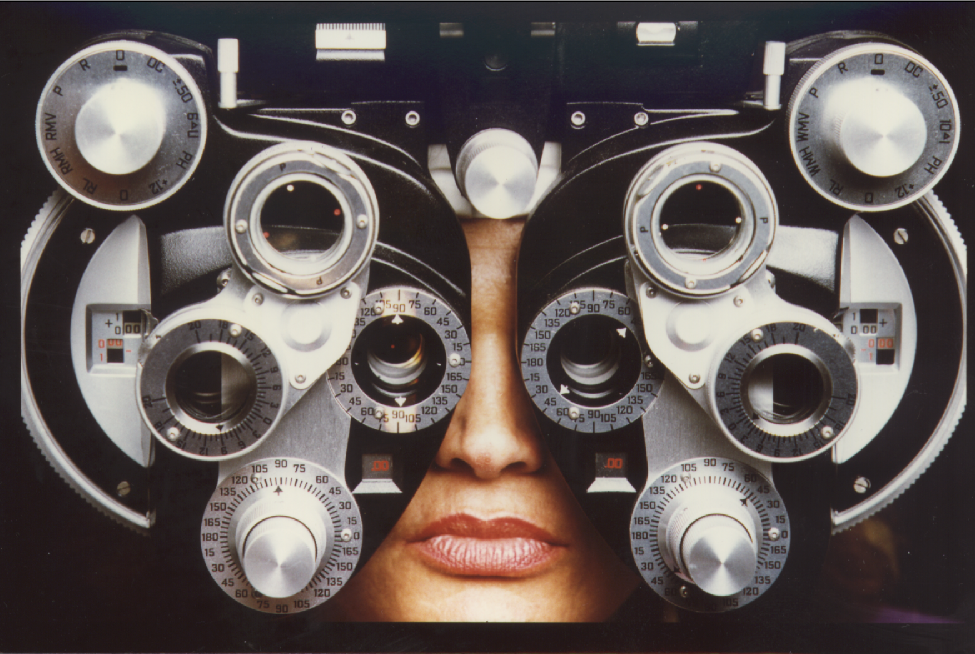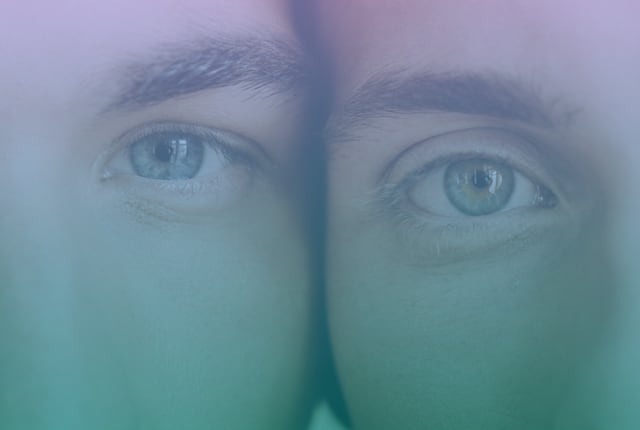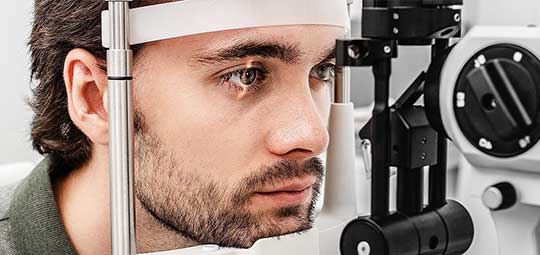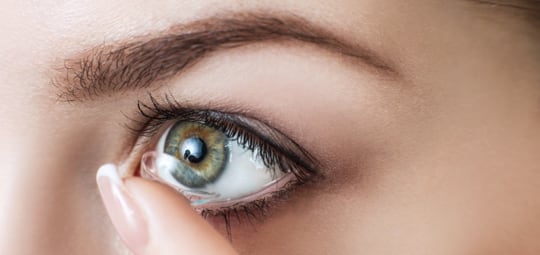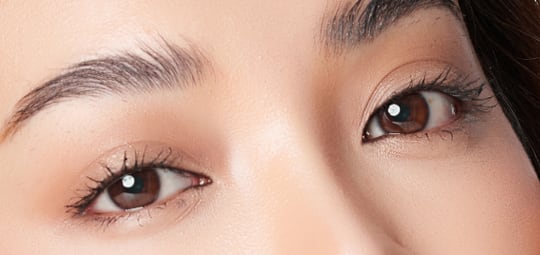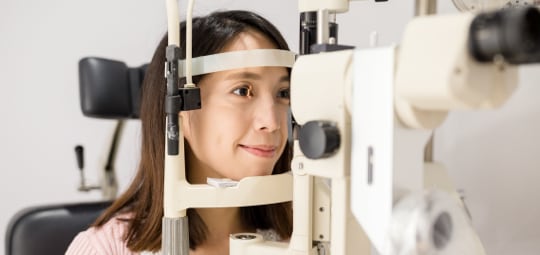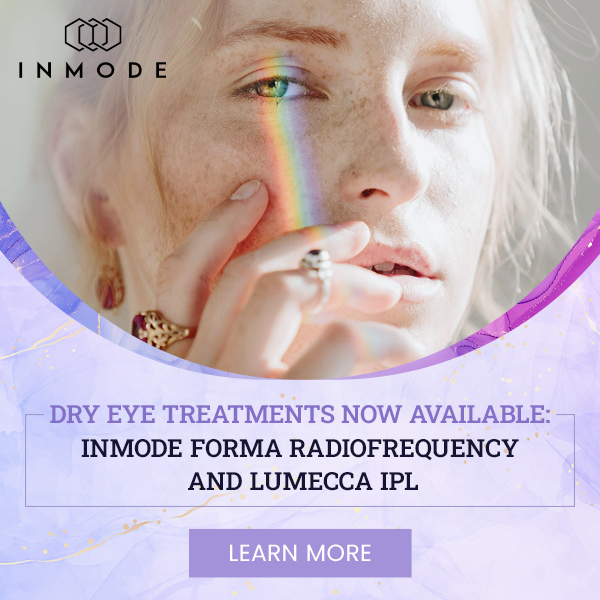Quite often people neglect their ocular health, leaving it in the background of concerns about their general wellbeing and overall health. However, your eyes are an integral part of the body and often provide much more information about your overall health and wellbeing than you may realize. For this reason it is recommended to have annual eye exams, much like you have annual physical exams with your family doctor or annual dental exams with your dentist.
There are countless reasons to get an eye exam, and in an ideal world everyone would have them as part of their regular yearly health check-ups. Here are some specific reasons to have your eyes tested annually.
The most important reason you should have an eye exam is to identify potential medical problems as soon as possible. The eyes are quite literally the “windows” to the inside of your body. They are the only place in your body that a trained practitioner can actually look (non-invasively) and evaluate the state of your blood vessels and optic nerve. There are numerous systemic and ocular diseases that can go unnoticed to an individual due to lack of symptoms or warning signs. With the help of an eye exam these problems can be identified early, and care can follow swiftly. Diseases such as diabetes, hypertension, cancers, autoimmune, thyroid, neurological disorders and various other systemic problems often show ocular finding before they show noticeable symptoms to the patients themselves. Additionally, ocular diseases such as glaucoma, when caught early enough can be treated to slow its progression and help prevent the loss of vision.
Lastly, and possibly most obviously, a good reason to have an eye exam is if you are having visual difficulties and may require corrective lenses. Many people go through daily life struggling with their vision unnecessarily. With a simple eye exam, your vision can be assessed and the appropriate corrective lenses can be issued.
What Does An Eye Exam Involve?
There are many elements that make up an eye exam, and there are a wide variety of tests that can be included. These exams are much like other medical check-ups, involving questions about your medical history and standard procedures that will be carried out. A full eye exam will usually take around half an hour but can also go on for longer depending on your needs and the findings during the tests.
As part of your eye exam, there are various tests that are carried out for thorough and effective analysis of your ocular health. Here are the tests that make up a standard eye examination, as well as what is involved in these tests and what they aim to discover.
Visual Acuity: Often the first test to be performed, and arguably the one test that everyone equates to an eye exam. This test aims to assess an individual’s ability to distinguish letters or shapes at a given distance according to a fixed universal standard. The majority of the time this test involves reading from a chart of letters 6 metres away. Not only does this help determine the need for prescription glasses, it also helps determine if an individual is legally allowed to drive (with or without glasses, or even at all). Additionally for any on-going progressive diseases, such as optic nerve diseases, corneal diseases, macular degeneration etc. it helps in the determination of disease progression.
Refraction Test: Through this test, the optometrist can determine an appropriate spectacle prescription that will help you achieve optimal vision. This is a standard test that is essential for anyone that may have eyesight difficulties. A phoropter is placed in front of the eyes and switches between lens options, all whilst you are being asked which version is clearer. From your answers the optometrist further fine-tunes the lenses to arrive at the final prescription. This test has both objective and subjective components, so although some people find it stressful, there are no wrong answers.
Stereopsis Test: Stereopsis refers to depth perception. This test is a fundamental part of child’s visual examination. There are multiple versions of this test that involve looking at shapes or groups of dots through stereoscopic glasses, to determine which shape is closer or whether you can perceive a shape among the seemingly random dots. Your ability to discern the objects relates to the functioning of your depth perception.
Colour Blindness Test: Another well-known test, the colour vision test, involves distinguishing numbers and shapes from varying multi-coloured dot-pattern background. This is one of the primary tests that is used to rule out colour blindness, with the findings giving a definitive answer. In most colour deficiencies, this does not greatly impact a person’s life as they are accustomed to the vision they have had since birth. In some cases, having a colour vision deficiency can limit a person’s career options.
Slit-Lamp Examination: This examination involves the use of a slit lamp, which is a type of microscope specialized to view the structures of the eye using varying magnifications. Your head will be steadied on a ledge, and the slit lamp will be placed in front of your eyes; the optometrist will then use the instrument to examine all aspects of your eyes, including the cornea, iris, macula and the optic nerve. From this examination a variety of ocular conditions can be detected, including cataracts, as well as damage to the various structures of the eyes.
Glaucoma Test: One of the most well known indicators of glaucoma is elevated pressure inside your eye, also known as intraocular pressure. By measuring your intraocular pressure, the optometrist can determine whether you are at risk for glaucoma. There are various tests that can be carried out to measure intraocular pressure. The ‘air puff’ test is one of the most well known tests that people think about when having an eye exam however it is not performed very often anymore thanks to technological advancements. More accurate ways of measuring eye pressure, like Goldmann Applanation Tonometry and Tonopen, are often used and do not involve using an air-puff.
Retinal Examination: For this examination your pupils will be dilated with eyedrops, this allows for light to enter the eyes more effectively and for the optometrist to see clearly into the eye. An ophthalmoscope is used to look into the eyes, focusing on the retina, optic nerve and blood vessels. This examination is used to determine whether you have or could develop a number of retinal conditions.
Visual Field Test: There are many ways to test your peripheral vision. It can be done using a complex machine called a visual field, but it can also be done using confrontation fields where the doctor uses a target approaching from the periphery while you cover one of your eyes. In this test, each eye is tested separately. The purpose in testing your visual field is to detect a variety of conditions. This test directly tests the function of the optic nerve, which is an extension of the brain. The results of this test are extremely valuable in detecting various ocular disorders like glaucoma and optic nerve disease, but it can also pick up something as serious as a brain tumor or aneurysm.
Why A Child Should Get Regular Eye Examinations?
It is important for any parent to know that their child is healthy and happy; when parents know their child is in good health, they can continue comfortably, nurturing their child and watching them flourish. One vital aspect of a child’s wellbeing is their vision. About 80% of what a child learns is visual. As such, it is essential that a child has regular eye exams to detect any issues that may be happening not only their ocular health, but also with their binocular vision system and of course functionally with their vision directly.
It is recommended that a child have their first eye exam at the age of 6 months old and then continue to have them yearly after that. It is especially important for children to have their eyes checked annually as they are going through school, in order to ensure proper development and to make sure they are learning as effectively as possible.
Where Can You Get An Eye Exam In Toronto?
Come visit one of our doctors for an eye exam! We are Located on the corner of Yonge Street and College Street, in walking distance to College subway station. All of our doctors are fully qualified and experienced in ocular disease, paediatrics and specialty contact lenses, providing the highest standard of eye exams and care in Toronto.
We offer a wide range of services from paediatric exams, glaucoma testing , specialty contact lenses to full comprehensive eye exams. To discover more about our services, find our office on the map, or to request an appointment, please visit out contact page for all vital information.


